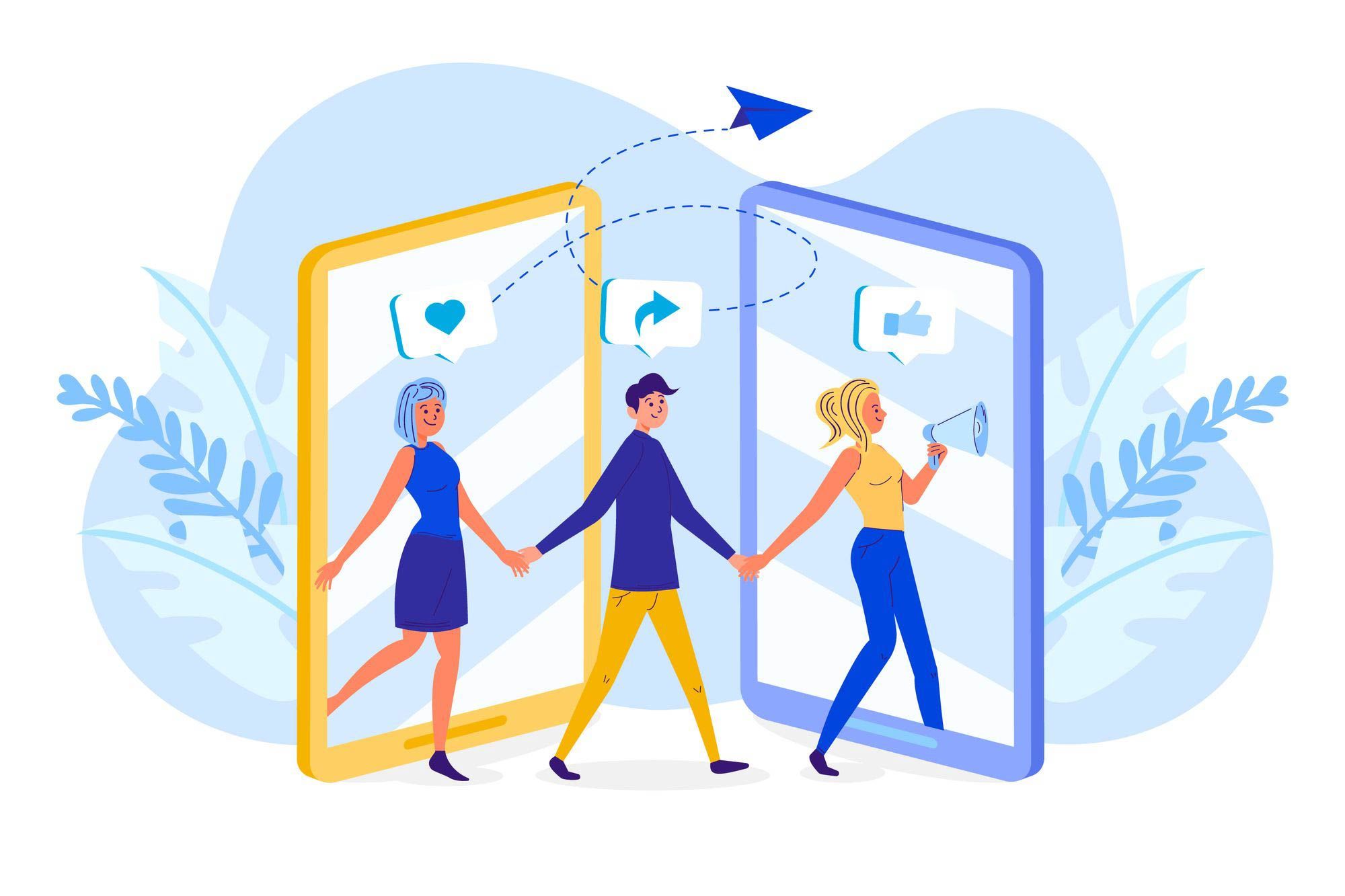
🎓 Definition
These are the several steps a customer will go through from the first interaction with the Loyalty Program (information quality, simplicity and easiness of access), then the registration itself, and the several interactions the retailer will have with her during the first weeks of her experience as a new member of the Loyalty Program Community.
💡Note
This is a Retail CRM area which is often forgotten by retailers, although it might be one of the most important components of any CRM Strategy. Let’s remember that there is the word Relationship in CRM. And like for all relationships, a good start can promise a great future.
🧪 Example of New Customer Onboarding Journey
An onboarding program for new customers is a must to improve the new Loyal Customer experience and required well-defined steps. The Retailer will define the time frame for each of the below steps:
Greet: A simple Thank you message for becoming a member. In our case, the client decided to add a purchase coupon as a sign of gratitude.
Recognize: Another Thank you note for the 1st shopping trip after enrollment, along with a program of the upcoming events
Investigate: In case the newly enrolled customers didn’t have any purchases after 2 standard buying cycles, a note with a question about potential challenges, a hotline number
Keep in touch: Send regular emails to their existing Loyal Customers, letting them know about new products, upcoming promotions, or special offers.
Learning More: What products Loyal Customers have purchased or not purchased. This information helps to know what Loyal Customers want and what additional products they might be interested in. Our Client can better tailor an offer on a product and organizes a Targeted Campaign. Personalized service can improve customer satisfaction and increase Retailer brand loyalty.
❓What is used for
There is no perfect Onboarding program, and the important point is to have one, firmly established and executed. The ROI of such a policy is based on several factors:
• Emotional: Customers feel recognized and valued instead of ignored
• Financial: It accelerates the following sales and impacts Customer Lifetime Value
• Commercial: Each step of the funnel can be measured and improved
How do retailers typically measure the success of their new customer onboarding programs?
Retailers often measure the success of their new customer onboarding programs through various key performance indicators (KPIs). Some common metrics include customer retention rates, the time taken for a new customer to make their first purchase, the average order value of new customers, and the overall increase in customer lifetime value. Additionally, tracking customer engagement levels with onboarding emails and communications can provide valuable insights into the effectiveness of the onboarding process.
Are there any best practices or benchmarks for the duration of the onboarding process?
While the duration of the onboarding process can vary depending on the industry and specific business objectives, there are some general best practices to consider. Ideally, the initial greeting and recognition phases should occur within the first few days of a customer joining the loyalty program to make them feel valued and engaged. The investigation phase, where retailers reach out to customers who haven't made purchases, might typically occur after 2 standard buying cycles, which could be around 4-6 weeks. Regular communication and learning more about the customer's preferences should continue throughout the first few months to ensure a personalized and effective onboarding experience.
🖥️ How To Make it Happen Automatically
The first thing to do is to design the Journey: a succession of timed or measurable events that punctuate your New Customer's interactions. For example:
- send a welcome note after the 1st purchase
- send a 1$ voucher after the second purchase
- send and anniversay note after the month along with an invitation to do something
- ...
Once the journey is designed, punctuated with its time or quantified milestones, you can record these miles stones as a series of Alerts which will be triggered automatically as soon as the milestone is achieved.
Once you become familiar with your first new Customer Journey and have identified each milestone's impact on frequency and spending, you might want to start designing several Journeys, for example depending on age group, or location.
• New Customer
• Loyalty Program
• Customer Lifetime Value